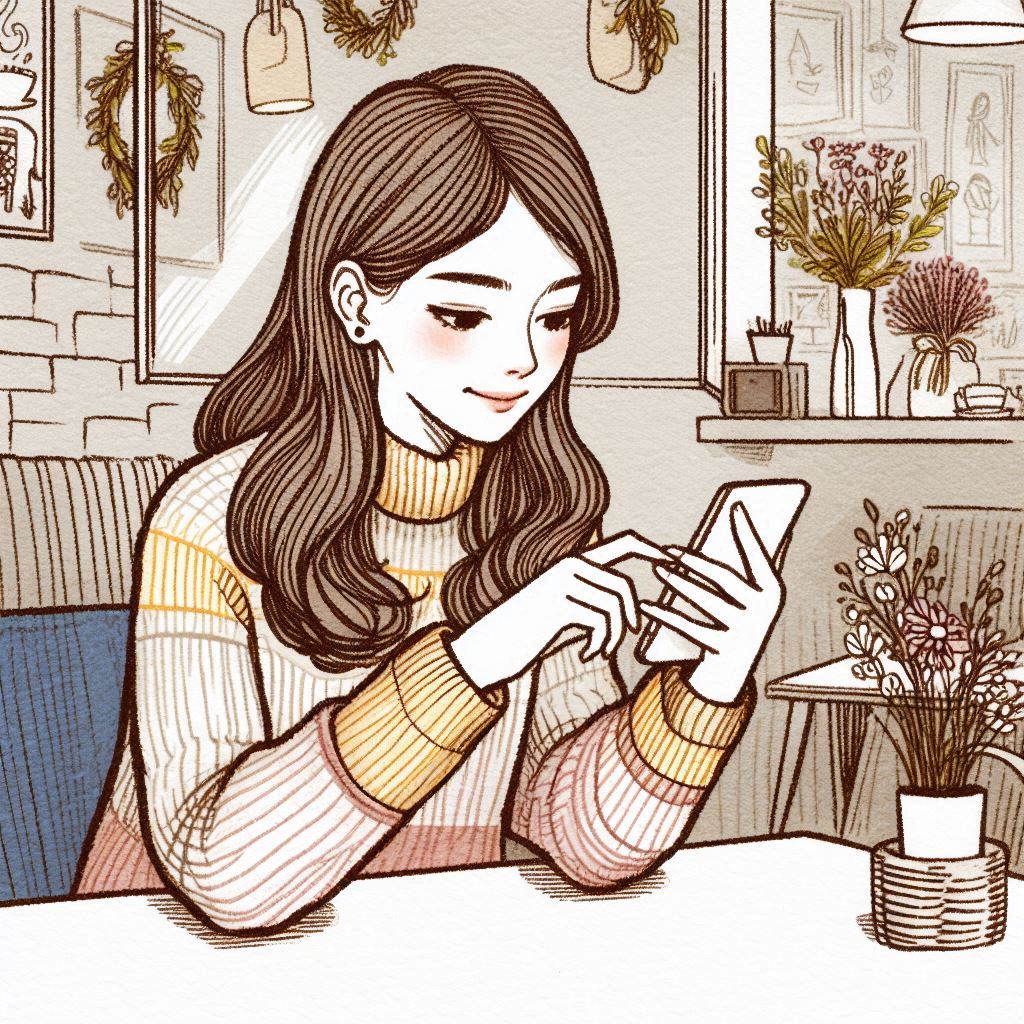When you’re in that creative zone, capturing the mood and magic of a painting can be almost as powerful as creating the piece itself. But finding the perfect caption to match that vibe? That’s an art of its own. Here are some ideas that evoke an artist’s aesthetic without sounding over-the-top or cliché.
Imagine a serene landscape, the paint drying in gentle, layered brushstrokes on the canvas. Now, imagine the caption: “Tracing the world, one brushstroke at a time.” It’s simple, but it brings the audience into that quiet, creative space. This line isn’t about showing off the work itself; it’s about letting the viewer feel the intention behind each stroke.
Then there’s the abstract painting, the splash of colors that make no literal sense yet evoke pure emotion. Here, a caption like “When words fall short, colors speak” fits perfectly. This is for those moments when the art takes on a language of its own, something beyond explanation. It hints at depth without needing to explain what the art “means.”
Now think about a minimalist sketch, clean lines on a blank page, hinting at elegance through simplicity. For a work like that, you might go with “Creating more with less.” This caption captures the mindset of minimalism without getting lost in detail. It gives an immediate sense of the art’s approach—uncomplicated but impactful.
Imagine another kind of artwork: something nostalgic, maybe a vintage-style piece. Here, a line like “When memories paint the canvas” might work well. It’s all about letting the audience feel that sense of the past, like each brushstroke is filled with a memory or a story.
And then there are the times when art is all about exploration. Picture an experimental piece, maybe even something chaotic. A caption like “Diving into the unknown, one color at a time” suits this feeling of creative freedom. It’s bold, and it invites viewers to see beyond the traditional boundaries of art.
Or perhaps it’s a painting inspired by nature. In this case, something simple like “Nature’s colors, captured on canvas” can go a long way. The line is easygoing yet speaks to the organic beauty of the scene without extra flair.
Finally, for those soulful, intense artworks that feel like they come straight from the heart, a caption like “When art becomes the language of the soul” resonates. It connects the artist with the viewer in a deeply personal way, suggesting that the art speaks on its own.
Consider a piece that’s inspired by the everyday moments, like a scene from a bustling café or a quiet park bench. For that, “Finding beauty in the ordinary” says it all. It gives viewers a sense of grounding, a reminder that art doesn’t always have to be grandiose to be meaningful—it’s often in the small details of life that we find something worth capturing.
Now picture a painting that plays with light and shadows, maybe a soft, warm glow cast over a dark room. A line like “Chasing light in dark spaces” can match the mysterious beauty of such a piece. This caption hints at contrast and subtlety, letting the viewer imagine the delicate balance of shadow and light without giving away too much.
There’s also the powerful, raw emotion of a self-portrait, a face caught in an intimate moment of reflection. For this, “A glimpse into the soul” can capture the vulnerability and honesty that self-portraits often reveal. It’s simple, yet it directs the audience to connect on a personal level, to look closer and find something familiar within the art.
Imagine a vivid painting full of wild, unruly colors—a visual celebration. Here, “A burst of color, a burst of life” feels like the right choice. This caption carries an energy that matches the artwork’s vibrancy, showing that sometimes, art is about unapologetically celebrating life in all its chaotic, colorful beauty.
Then think of a deeply contemplative work, one that seems to explore inner thoughts, maybe through muted tones and softer edges. For such a piece, “Lost in thought, found in art” resonates well. It suggests the quiet introspection that art can bring, creating a sense of stillness and calm in just a few words.
Another beautiful concept is art inspired by the sea, where the motion of waves or the depth of the ocean is captured in the strokes. A caption like “In tune with the tides” can embody that feeling of vastness and serenity. It’s about aligning with nature’s rhythm, letting the viewer feel the peaceful pull of the ocean.
And when you’re dealing with surreal art, where reality is turned upside down, something playful like “Where dreams and reality collide” gives just enough intrigue. It’s like an invitation to step into another world—one where the usual rules don’t apply, and imagination is allowed to run free.
Finally, for art that conveys strength and resilience, perhaps an image of a single flower breaking through concrete or a lone tree against a stormy sky, a line like “Strength in stillness” captures that resilient beauty. This caption is both empowering and serene, suggesting that true strength doesn’t always have to be loud.
Each of these ideas allows the art to speak, without overwhelming it. The captions aren’t just words—they’re an extension of the piece, designed to pull the viewer in and make them feel something personal, something real.
